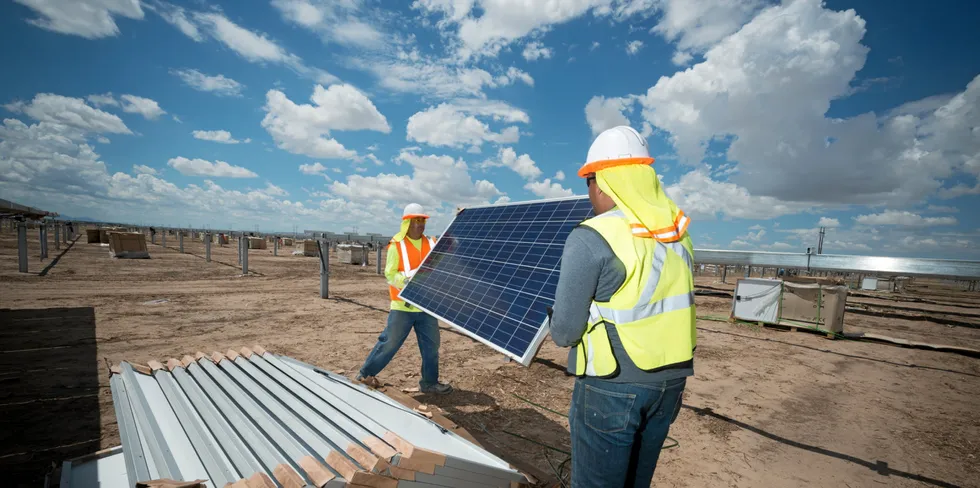Solar century: US passes 100GW milestone as industry 'doubles in size in three years'
Latest report from SEIA and Wood Mackenzie shows record quarterly install of 5GW powered by utility sector, with total 250GW-plus on five-year horizon

Latest report from SEIA and Wood Mackenzie shows record quarterly install of 5GW powered by utility sector, with total 250GW-plus on five-year horizon
